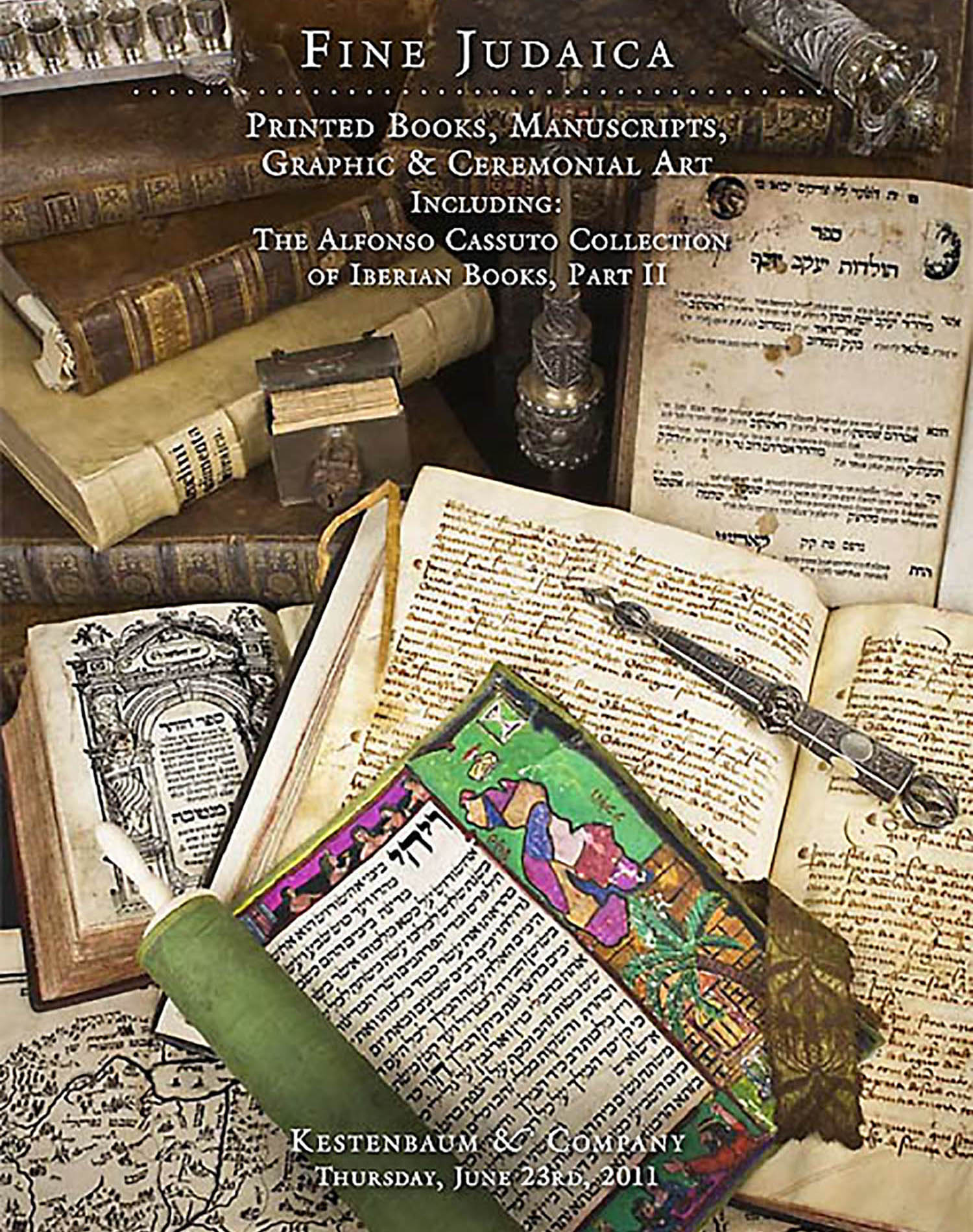Proverbs (Mishlei). With commentary by Immanuel ben Solomon of Rome. Edited by Chaim bar Isaac Halevi Aschkenazi (see colophon)

AUCTION 51 |
Thursday, June 23rd,
2011 at 1:00
Fine Judaica: Printed Books, Manuscripts Graphic & Ceremonial Art Including: The Alfonso Cassuto Collection of Iberian Books, Part II
Lot 115
(BIBLE)
Proverbs (Mishlei). With commentary by Immanuel ben Solomon of Rome. Edited by Chaim bar Isaac Halevi Aschkenazi (see colophon)
(Naples: Joseph ben Jacob Aschkenazi Gunzenhauser 1487)
Est: $6,000 - $9,000
PRICE REALIZED $6,500
The commentary was composed by the celebrated poet who authored the Machbaroth (see Lot 205).
In his commentary to Proverbs, Immanuel displays strong interest in astronomy and navigation. As an example, see f. 61v. (commentary to Proverbs 25:3) and f. 80r. (commentary to Proverbs 30:19). In the latter passage, Immanuel explains the words of the Amorite Rabbi Joshua ben Levi to Rabban Gamliel in Tractate Horayoth (f.10a):”There is a star that rises once in seventy years which confounds navigators.” Immanuel explicates this Talmudic passage in an astronomical vein - with reference to the North and South Stars. Within five years, this data would be revolutionized by Columbus’s discovery of America.
